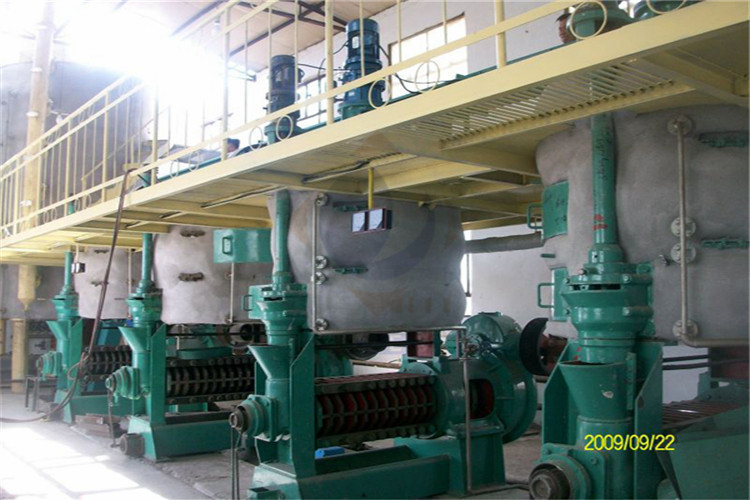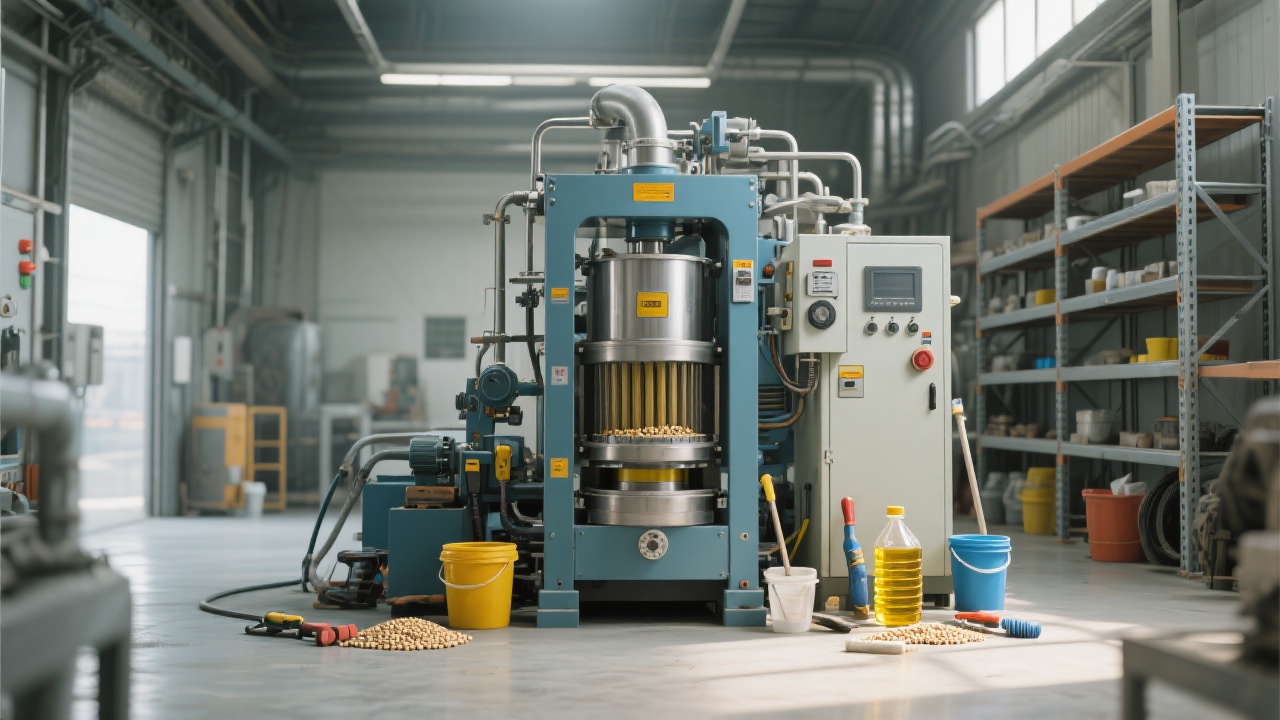
For operators of small-to-medium oil extraction plants, mastering the real-time monitoring and energy optimization of your automatic oil press machines is pivotal to enhancing operational efficiencies and profitability. This guide walks you through key control points from startup to final filtering, backed by proven energy-saving techniques and hands-on maintenance tips. Following this will help you reduce downtime, maximize oil yield, and maintain consistent product quality—all while minimizing operational costs.
Starting your automatic oil press correctly sets the tone for efficient production. Begin with a thorough inspection of all mechanical parts—check for alignment and wear to prevent early breakdowns. When setting parameters such as temperature, pressure, and pressing speed, adjust according to the seed type and moisture content. For example, a typical pressing temperature range is between 80°C and 120°C, balancing oil fluidity and quality without risking overheating.
Consistent parameter logging is key. Use digital interfaces or manual logs to record every batch's settings, enabling you to identify the most productive configurations for your specific raw materials.
Continuous monitoring during the pressing stage allows you to catch anomalies that could compromise output or equipment health. Track the hydraulic pressure and throughput rates—pressure spikes often indicate clogging, while sudden drops can signal leaks or mechanical faults. The filtration process must also be monitored carefully; filter mesh clogging reduces flow and oil clarity.
Installing sensors for pressure and temperature with real-time dashboards can improve responsiveness. Alerts triggered by preset thresholds ensure rapid operator action, cutting downtime by up to 15% based on industry benchmarks.

Energy costs can account for 20-30% of your total operational expenses. By recording hour-by-hour energy consumption, you will spot inefficiencies in machine runs. For example, idling machines without product processing consume unnecessary power. Establish energy benchmarks for different operational modes and use this data to optimize shift schedules and maintenance timing.
Regular cleaning of pressing chambers, screw shafts, and filter elements prevents residue buildup, which can impair oil quality and increase mechanical strain. Implement daily and weekly cleaning protocols with clear responsibilities.
Wear on parts like the pressing screw and bearings typically accumulates gradually but critically affects yield and machine efficiency. Track wear visually and systematically replace components every 800-1000 operational hours or sooner if performance drop-offs are detected.
| Issue | Possible Cause | Recommended Action |
|---|---|---|
| Sudden pressure drop | Oil leakage or worn seals | Inspect & replace seals; tighten fittings |
| Low oil yield | Incorrect temperature or worn pressing screws | Adjust temperature; replace screws as needed |
| Filter clogging | High sediment in raw material or infrequent cleaning | Enhance raw material quality; increase cleaning frequency |
Establishing a robust maintenance and monitoring ecosystem supports long-term machine reliability. Combine your operational data with predictive maintenance software where possible to forecast component fatigue and schedule downtime proactively.
Training programs to enhance staff expertise in machine operation and troubleshooting reduce operator error by an estimated 25%, contributing further to process stability and cost control.

Q1: How often should energy consumption be logged?
A1: Ideally, energy consumption should be recorded during every operational shift to allow fine-tuning of power usage and identify inefficiency patterns promptly.
Q2: What is the best way to reduce downtime caused by mechanical faults?
A2: Implementing routine pre-shift inspections and predictive maintenance schedules based on operational hours and data analysis minimizes unexpected breakdowns.
Q3: Can environmental conditions affect oil press performance?
A3: Yes, ambient temperature and humidity influence seed moisture content and pressing efficiency. Adjust machine parameters accordingly for seasonal changes.

Interested in boosting your oil press efficiency with state-of-the-art intelligent monitoring? Discover Penguin Group’s Fully Automatic Oil Press Systems Now

